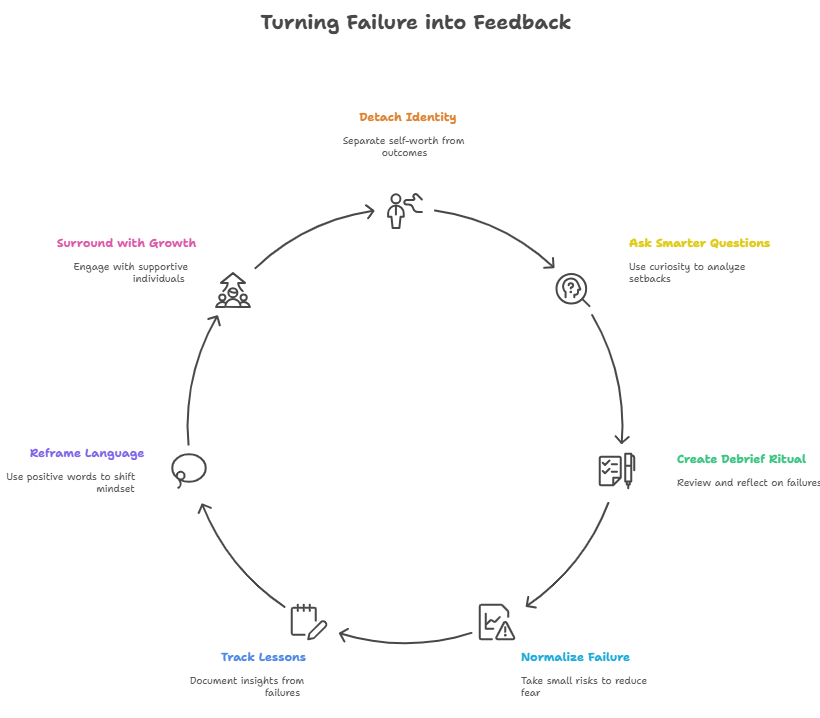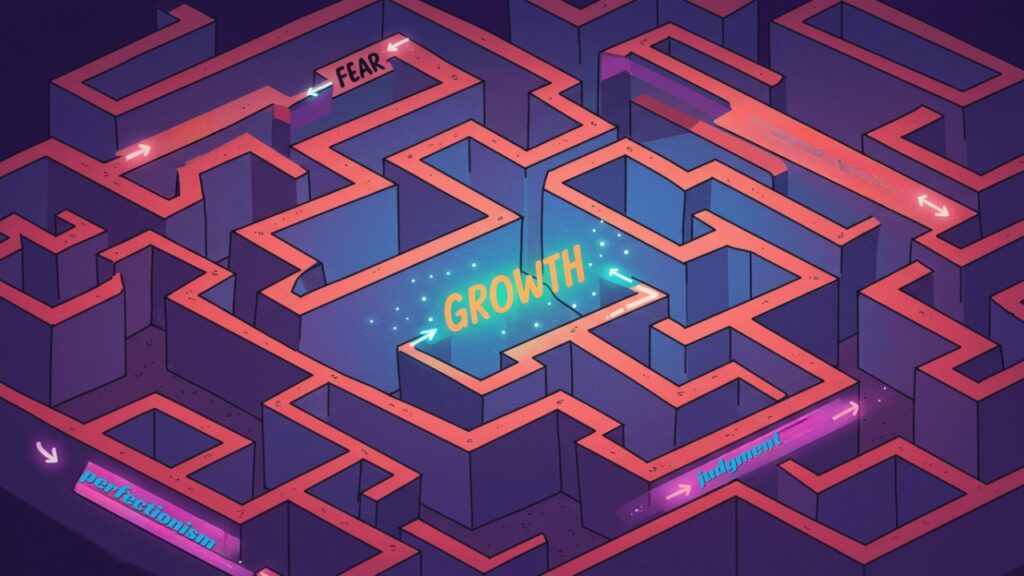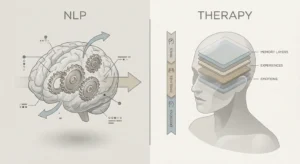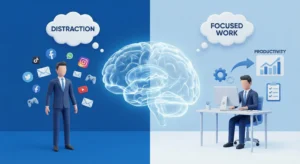Failure. The word alone carries weight, a sting, a shadow, a fear. But what if failure isn’t your enemy? What if it’s your greatest teacher? If you want to use feedback and achieve success, there’s one skill most people ignore: learning how to see failures as feedback.
It’s easy to take it personally when something doesn’t go your way. You bomb a test, lose a client, get rejected and suddenly, it feels like you’ve hit a wall. But failure isn’t a dead end. It’s a message. One that can move you forward, if you know how to read it.
Some of the most successful people you’ve heard of didn’t avoid failure. They faced it often. Their ability to treat failure as information, not identity, sets them apart. They looked at what went wrong, figured out what to change, and kept going.
This guide will show you exactly how to see failures as feedback and achieve success. You’ll learn how to shift your mindset, break failure down without spiraling, and use it as a tool to grow faster and get better at anything you care about.
What Is Failure Really? Redefining the Term
We throw the word failure around a lot. Didn’t meet a goal? Failed. Got rejected? Failed. Didn’t win? Failed. But let’s pause for a second. What does failure actually mean?
Most people treat failure like a final verdict, like a red stamp across their efforts that says, “Not good enough.” That mindset turns every setback into something personal. It’s no wonder we avoid risks. If we believe failure means we’re flawed, we’ll do anything to avoid it, even if that means missing out on growth.
But failure isn’t a verdict. It’s feedback.
When something doesn’t work out, it’s not saying you’re a failure. It’s saying something failed. A method. A choice. A plan. That’s a huge difference. The first hits your confidence. The second helps you improve.
Picture a GPS. You miss a turn, it doesn’t yell, “You’re terrible at directions!” It just says, “Recalculating.” That’s what failure does when you see it the right way. It’s just a signal to adjust.
Why Failure Is the Best Feedback Tool You Have

Your brain learns more from failure than from success.
When things go well, we don’t ask why. We assume it’ll keep working. But when something fails, it forces you to stop, think, and adjust. That process is where real learning happens.
This is backed by science. Your brain actually strengthens neural pathways when you reflect on mistakes. It’s how athletes, musicians, creators, and entrepreneurs sharpen their edge.
But mindset matters.
If you think failure means you’re not good enough, you’ll give up. That’s a fixed mindset. If you believe you can figure it out, you’ll treat failure as part of the journey. That’s a growth mindset key to making failure work for you.
So instead of fearing failure, start asking: What is this trying to teach me?
From Shame to Strategy: Shifting Your Mindset Around Failure
Shame is the first thing most people feel when they fail. That inner voice kicks in fast: “You’re not smart enough.” “You blew it.” “You’re falling behind.”
But shame isn’t a strategy; it’s static. And it drowns out the feedback.
To grow, you need to change how you talk to yourself.
Instead of saying, “I failed,” try: “That approach didn’t work.”
Instead of “I’m not good at this,” say: “I haven’t figured it out yet.”
This shift takes the emotion out of it and turns your focus toward problem-solving.
Also, don’t underestimate self-compassion. It’s not weakness, it’s what lets you keep going. People who treat themselves with patience and respect after failure are more likely to bounce back, stay motivated, and try again. That’s how success is built.
Seven Practical Strategies to See Failures as Feedback and Achieve Success

Understanding failure is just step one. Clear, repeatable strategies are needed to actually use it as a tool.
Detach Your Identity from the Outcome
You are not your result. Whether it’s a failed project, a missed opportunity, or a poor decision, it’s feedback on your approach, not your value.
Try this: Replace “I failed” with “Something in my approach didn’t work.”
This creates space to adjust instead of collapse.
Ask Smarter Questions After Every Setback
After failure, shift from judgment to curiosity. Ask:
- What exactly didn’t work?
- What was in my control?
- What would I do differently next time?
The better your questions, the better your growth.
Create a Post-Failure Debrief Ritual
Treat each failure like a game tape review. Use this 3-step breakdown:
- Review – What was I trying to do? What actually happened?
- Reflect – What choices led to that outcome?
- Refocus – What can I change next time?
This process stops overthinking and keeps learning simple.
Normalize Failure with Small Risks
Make failure part of your routine by taking small, consistent risks:
- Test ideas before launching them fully.
- Share work that’s unfinished.
- Apply to opportunities that stretch you.
The more you fail in small ways, the less you fear it.
Track Lessons, Not Just Wins
Keep a log of lessons learned from failure. Ask:
- What did I learn?
- What patterns do I notice?
- What strengths showed up, even in loss?
This helps you see progress that’s invisible in the moment.
Reframe Your Language Around Failure
The words you use shape your mindset. Instead of saying:
- “This was a disaster,” says, “That was a test.”
- “This didn’t work,” says, “This version didn’t work yet.”
It’s not about sugarcoating. It’s about staying in a learning frame.
Surround Yourself with People Who Value Growth
You become who you hang around. Spend time with people who talk openly about failure, who ask thoughtful questions, and who value progress over perfection. Their mindset will shape yours.
Failure Helped Them Win It. Can Help You Too
This mindset isn’t just a theory; it’s how real people have made breakthroughs.
Thomas Edison didn’t invent the light bulb on the first try. He ran through hundreds of failed attempts. Each one gave him feedback. Eventually, the lessons added up to success.
Oprah Winfrey was fired from her news anchor job for being “too emotional” for TV. She didn’t shrink. She built something better by leaning into what made her different.
J.K. Rowling’s first Harry Potter manuscript was rejected 12 times, but she kept going. She believed in the work, applied the feedback, and eventually found the right match.
They didn’t win because they avoided failure. They won because they used it.
So can you.
Avoid These Common Failure Traps

Even with the right mindset, failure can still trip you up if you’re not careful. Here’s how to avoid getting stuck.
Fear of Failing Again
After a big loss, it’s tempting to stop trying altogether. Instead, shrink the size of your next risk. Take small steps forward that rebuild confidence.
Perfectionism
Waiting for perfect conditions before acting only delays your progress. Done is better than perfect. Learn as you go.
Worrying What Others Think
People are busy thinking about their own lives. Most won’t remember your failure, let alone judge you for it. Don’t live to avoid their opinions.
Conclusion: Failure Isn’t the End, It’s Where Success Begins
Failure isn’t the opposite of success; it’s part of it.
When you learn to see failures as feedback and apply what they teach, you move forward with more clarity, skill, and confidence. You stop letting fear dictate your choices and start making decisions that lead to real, lasting success.
You don’t have to get it perfect. You just have to stay curious and keep adjusting.
So the next time something falls apart, don’t shut down. Pause. Look at what happened. Pull out the lesson. Then try again, smarter, sharper, and stronger than before.
Frequently Asked Questions: Using Failures as Feedback to Achieve Success
Q1: Why is reframing failure as feedback important for success?
Seeing failure as feedback unlocks growth. It helps you learn which strategies don’t work, refine your approach, build resilience, and transform setbacks into stepping stones toward success.
Q2: How can I use a step-by-step process to turn failure into success?
Start by pausing to process emotions (e.g. for 24 hours), then analyze the failure objectively like a scientist, envision future success, and take corrective action based on discovered insights.
Q3: Are there risks to embracing a “fail fast” mindset in your business?
While “fail fast” accelerates learning, risks include normalizing mediocrity, neglecting thoughtful planning, or culture backlash if failures lead to real career damage instead of meaningful learning.
Q4: What are the benefits or value of treating failure as feedback?
Embracing failure as feedback builds resilience, promotes reflection, helps reshape neural pathways to avoid repeated mistakes, and fosters a growth mindset vital for long-term success.
Q5: Can early failures actually improve long-term performance?
Yes, early setbacks often lead to stronger performance later. For instance, scientists who nearly failed grant reviews frequently outperformed peers in later impactful work.





